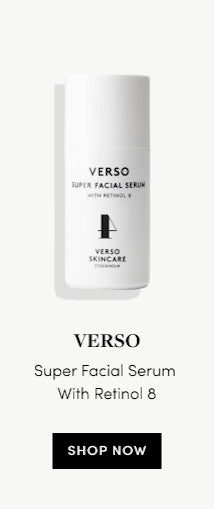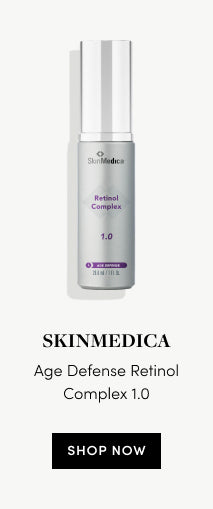A Guide For Retinol Use
Of all the skincare ingredients available to us today, retinol is arguably the most transformative.
When it comes to anti ageing, maintaining a healthy glow and smooth skin texture, there's no active ingredient in skincare more capable than retinoic acid. Even though this revolutionary youth-enhancing active is a mainstay of beauty counters, brands, and dermatologist offices alike, it still manages to cause some confusion and often misuse amongst the consumer.
With so many formulations, finding the right one for you isn’t always easy, so let’s break down the basic retinol rules, and reveal the most innovative, efficacious formulas available.
What Is Retinol?
Retinol is a derivative of vitamin A (alongside other retinoids, such as retinoic acid and retinyl palmitate) is widely considered by experts and dermatologists to be the final word in effective skincare. Essentially it works by increasing the rate of cell turnover in the skin. Years worth of studies have shown it to be beneficial in just about any skin concern, from fine lines to pigmentation, collagen production and acne, it is the gold standard in topical skincare formulations.
How Does Retinol Work?
Retinoids work at a deep cellular level, where they help to boost collagen and elastin production, reduce cellular ageing, pore congestion, regulate sebum production, and also have pigment stabilising and anti-inflammatory properties. Vitamin A cannot be made by the body and therefore needs to be supplied through our diet and in terms of feeding our skin topically, through skincare.
What Are The Different Types of Retinoids?
Retinol is somewhat of an umbrella term, used to refer to a whole host of vitamin A forms. The retinoid family is comprised of retinol and its natural derivatives, such as retinaldehyde and retinyl esters.
All retinoids need to be broken down into retinoic acid before it can regenerate skin cells and stimulate collagen production, with the exception pure retinoic acid which can be found in prescription products. All other retinoids found in non-prescription skincare need to be converted several times before becoming retinoic acid, hence the importance of patience and consistency of use.
What Are The Side Effects of Retinol?
Retinol can be irritating if used too frequently or if the formulation is too strong for your skin. These side effects – namely dry, flaking skin and moderate irritation – are however becoming less prevalent. The best retinol products on the shelves today use advanced formulations and slow-release encapsulation delivery systems to side-step the irritation caused by an increase in cell turnover.
Even so, slow and steady wins the retinol race! Start off with a pea-sized amount of a low percentage over-the-counter formula (.01% to 0.03%), and using it two times per week, slowly increasing the usage to give the skin a chance to acclimate. Remember, retinol use makes your skin more sensitive to UV rays and sunlight decreases the efficacy of the product, so use retinoids at night and be diligent about applying an SPF 50 during the day.
Retinol is the gold standard active ingredient to incorporate into your regimen to achieve a supernaturally fresh-faced complexion, now and for decades to come.
















